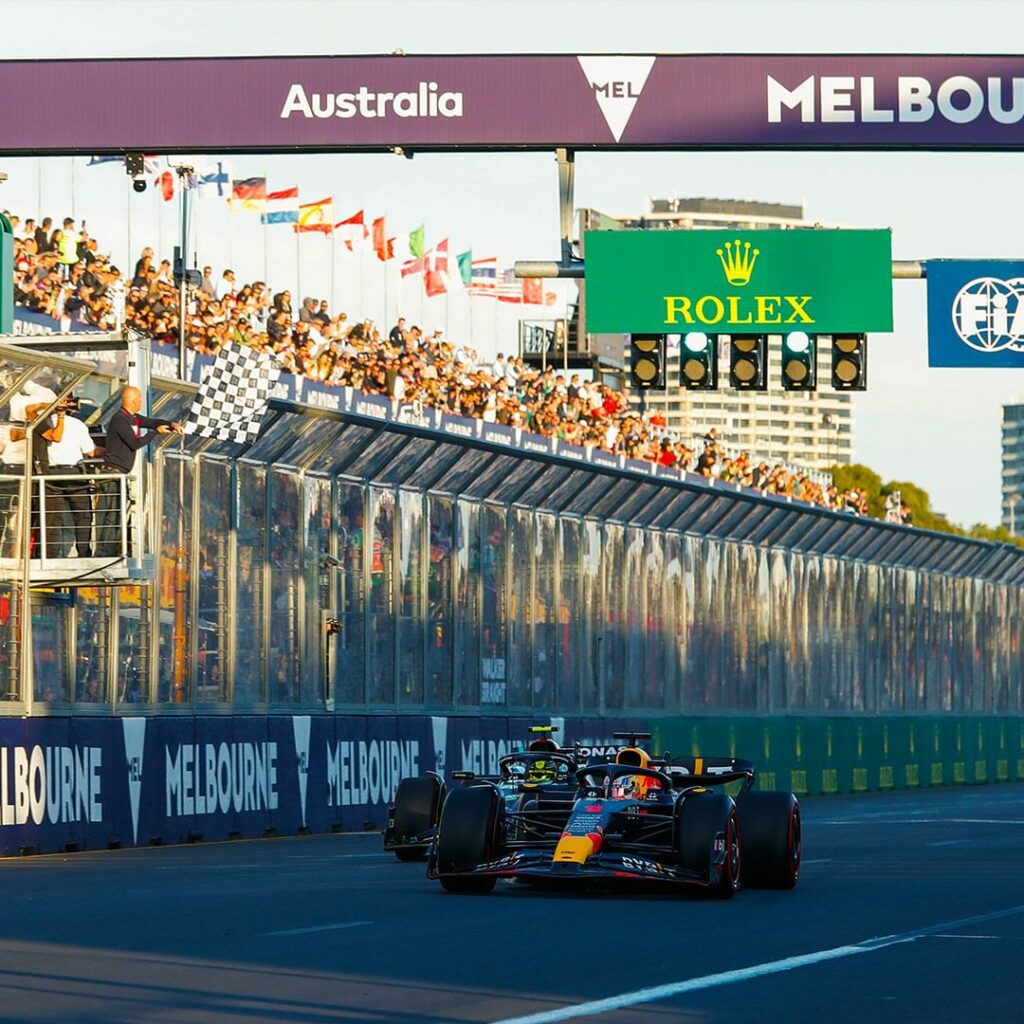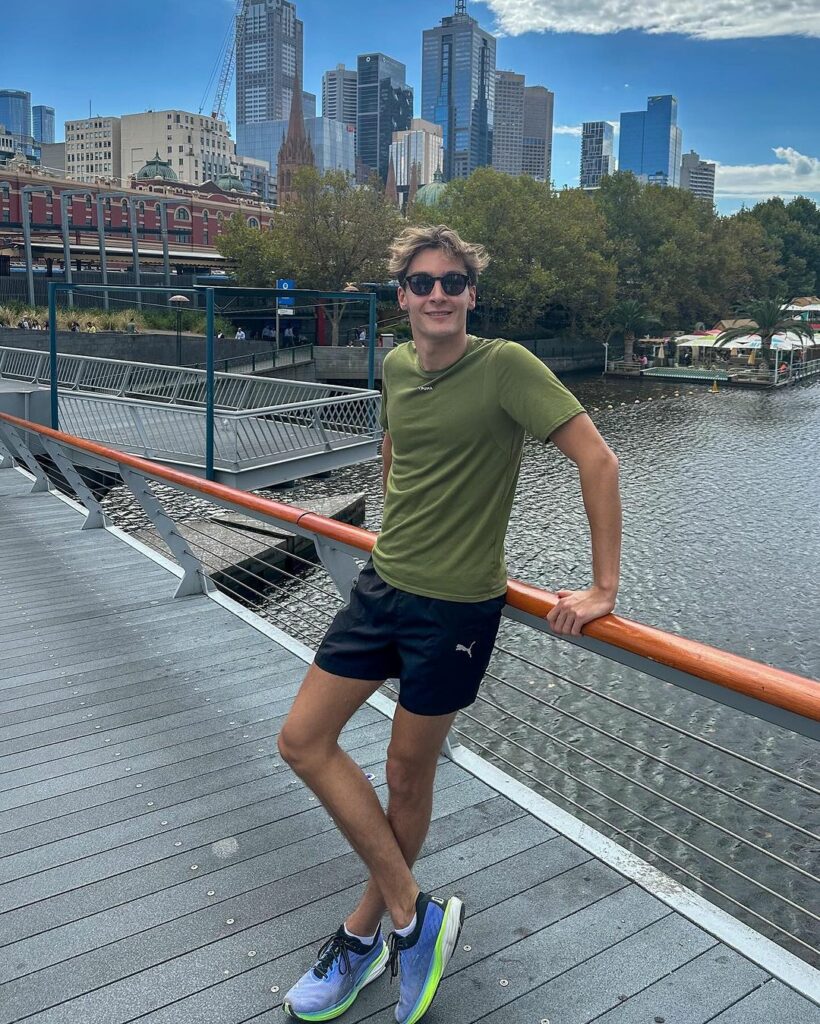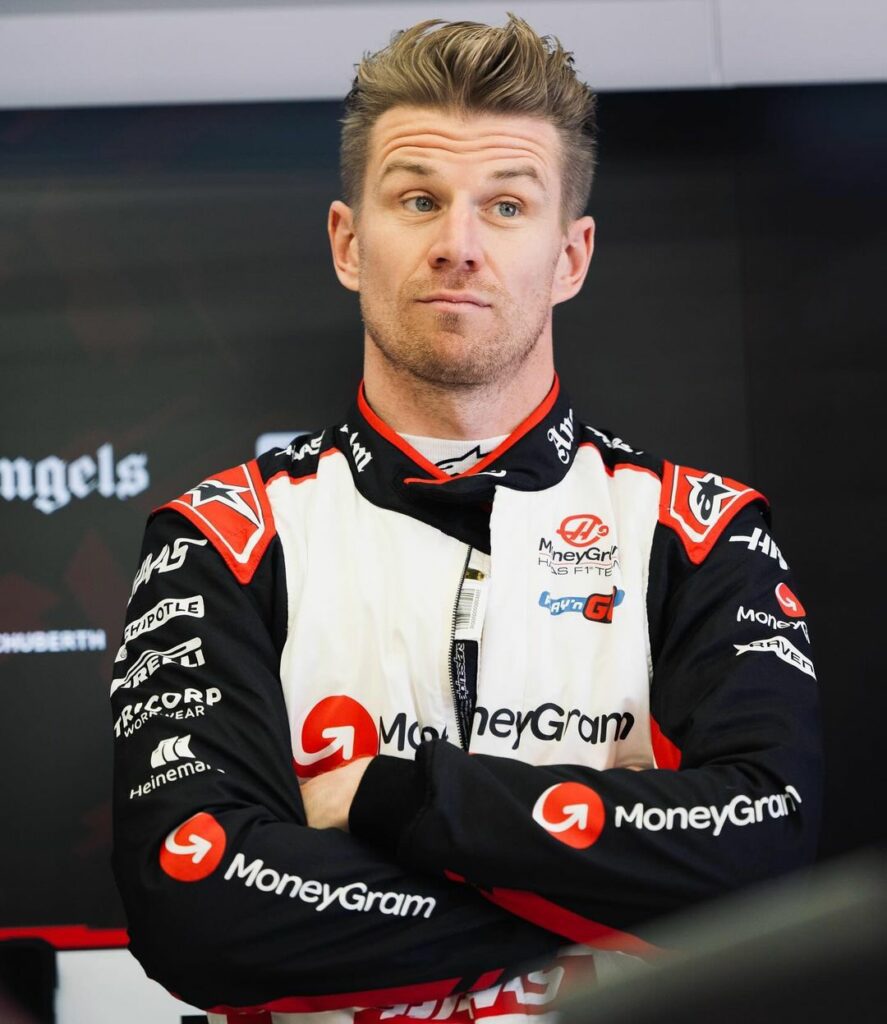Whether you’re a pro athlete or a weekend warrior, few things can feel more disastrous than injury. Does that statement need explaining? No, we didn’t think so. Sometimes, though, approached wisely, a spell on the sidelines can be turned to your advantage. It’s an idea that crystallises when you listen to Reece Hodge, the hard-running, bazooka-thighed Wallabies utility.
Men’s Health catches up with Hodge, 26, on a recent Monday lunchtime between the first and second Tests of the Wallabies’ recent home series against France. A knee injury – specifically, an MCL tear he suffered back in April playing for the Melbourne Rebels – means Hodge missed the first Test and will sit out the second one, though he hopes to play the series finale in Brisbane. “I’m pretty much good to go,” he says. (Update: he played for 78 minutes of the Wallabies’ series-clinching win.)
Though his knee didn’t require surgery, Hodge limped about (and slept) in a brace for five weeks. When it finally came off, he explains, he began strengthening the atrophied muscles around the joint before “slowly progressing to running, kicking, change-of-direction stuff and, finally, at about the 10-week mark, contact”.
“I wouldn’t say depressing,” he says of the last few months. “Frustrating, yes, in the early stages. But the attitude I try to take with any injury is that you focus on the things you can control, and that’s the rehab. I just try and do that to the best of my ability.” It’s a train of thought that carries him back in time, to his mid-teens when he first started training with weights, and then to a later period in which he grasped their transformative power. Before long, you’re hearing the inspirational story of one man’s iron journey.
“I guess mine’s different to the guys who grew up in private schools and started lifting weights from a young age,” says Hodge, alluding to the traditional preponderance of the privately educated in rugby’s top ranks, as well as to the famously well-equipped gymnasiums of the more exclusive schools of Sydney and Brisbane. For his part, Hodge attended a selective public school on Sydney’s northern beaches.
“I was always the tall, lanky kid,” he says, “and I didn’t touch a weight until I was 16”, which was when his rugby talent saw him recruited into a national junior development program. “Most of the private school boys had been doing weights for a few years,” recalls Hodge.
“I remember when I first started, I tried to lift the same weight on the bench press that they’d been using, and ended up getting stuck under the bar.”
It was a few years later, when Hodge was 19, that his relationship with weights took a sharp and life-changing turn. And yes, the catalyst was an injury – a shocker to an ankle that put him out of the game for a year. He wasn’t a Wallaby at the time, just a promising club player for the Manly Marlins in the Shute Shield and a fulltime uni student. He had a mate, Dave Porecki (now a hooker for the NSW Waratahs), who stepped up in Hodge’s hour of need. Porecki had suffered a similar ankle injury a couple of years earlier and recognised that Hodge’s best course was not to mope about at home but, rather, get under some mighty loads at the gym.
“Two or three days after my ankle surgery, Dave was picking me up from my house and taking me to the gym, racking the bench press and picking up all my weights,” recalls Hodge, the gratitude he felt at the time still evident in his voice.
The gym where this happened was J-Train Athletic Performance, a facility on the northern beaches opened by another mate of Hodge’s, James Brodie, in 2010. A strength and conditioning guru, Brodie did far more than just greet his buddy at reception.
“He devised programs for me and put a lot of time into helping me get stronger and put on size,” recalls Hodge. “I was there five or six days a week, grinding away. I did compound lifts for strength, plus time-under-tension stuff to build size. This is where James’ expertise kicked in. He’d spent a lot of time in the US and his ideas were cutting-edge. He knew how to keep the lifting exciting, which helped me keep my focus through the whole year.”

BULKING UP
You ask Hodges whether he can quantify the gains he made in this period. He sure can. His weight went from 90 kilograms to 97.
He upped his bench from 120kg to 160, his deadlift from 170 to 250, and his front squat from 90 to 130.
You suggest to Hodge that because of these gains, his relationship with the iron became something akin to a love affair. “I wouldn’t call it a love affair – I feel they’re strong words,” says Hodge. “But like anything in life where you see your hard work paying off, it fuels you to pour even more time and effort into it.”
The gains weren’t just numerical. For Hodge, the point of all this effort was that his new armour was translating into improved on-field performance: more tackle busts, harder hits in defence, and that priceless lift in confidence that comes from feeling a step closer to impregnable.
“The stronger you are in both your legs and upper body… you can relate that to the ability to break tackles through your power and your leg drive,” Hodge explains. “Likewise, you can relate your push press and bench press to being able to give someone a strong fend and create more space for yourself in attack.”
When he returned to rugby in 2015, Hodge was built to ask questions of defenders that they couldn’t necessarily answer. The following year, he made his Super Rugby and Test debuts, and has now racked up more than 40 appearances for the national team.
“I’m a big believer in the idea that hard work pays off eventually,” he says. “And I think if you take shortcuts in the strength and conditioning side of things, it definitely impacts your rugby. Yeah, I’m a massive believer in working as hard as possible in the gym and squeezing every drop out of your ability. I was able to use that period of injury to shift my focus towards gym work and making my strength a point of difference compared to other backs running around. My love for the gym was born out of that period, and I still love getting in there whenever possible
to try to add to my game.”

STAYING STRONG
Hodge says his greatest fitness challenge these days, as an established Super Rugby and Test player who might lace up for as many as 30 matches per season, is to maintain his size and strength from February through November. He reckons he plays his best footy at 95-96kg and never wants to drift far from that mark.
The challenges of a long season – fatigue, injuries, staleness – can limit your ability to do as much weight training as would be optimal – but Hodge says that for a lot of players, the greatest threat to their bulk occurs in the preseason, when they’re expected to run until they drop.
Nutrition plays a crucial role in this battle, year-round. “A lot of my food intake is based around timing – fuelling for training and then refuelling afterwards,” says Hodge. With gruelling sessions normally slated for the morning and early afternoon, Hodge has found his best plan is to go big at breakfast, snack in the afternoon post-training and then, at night, plate up a king’s meal that ticks off all his macronutrient needs.
“I live by the 80-20 rule,” he says. “A treat here and there and a night out occasionally with mates, but disciplined most of the time. Some guys get caught in the trap of being overly strict and have blowouts as a result.”
You finish by asking Hodge about the Wallabies’ ongoing quest to regain the Bledisloe Cup, held by New Zealand since 2003. Given his belief in the power of the right weights program combined with hard graft to deliver on-field results for the individual, is it possible that the Wallabies have been missing a trick in
the gym, and that the route to beating the All Blacks might involve making some judicious tweaks, sooner rather than later, in that space? Hodge, not having come down in the last shower, neatly sidesteps that query.
“Outside my pay grade,” he says, before adding the Wallabies’ S & C staff comprises top-drawer operators who “leave no stone unturned”. Yep, when it comes to muscle, Hodge’s only responsibility is himself. And with the help of a great attitude towards enforced layoffs, he’s meeting that responsibility like a man on a mission.
TIME TO MAKE A POWER PLAY
Hodge is the Wallabies’ go-to goalkicker for long-range shots because he can boot a Gilbert into the next postcode. Here’s how to build Hodge-like leg strength in the gym. Do 3 sets of each exercise using a weight that is 80-90 per cent of your 1-rep max. Rep count: only 2-4, and make each one explosive.
1. Back Squat
2. Front Squat
3. Hip Thruster
4. Deadlift
















